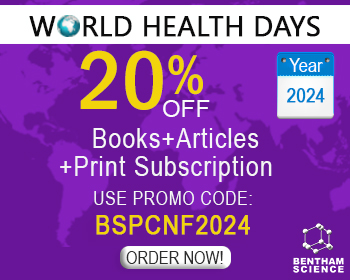Abstract
Brackground: In our previous study, we have shown that the ethanol, chloroform and nhexane extracts of Dysophylla auricularia revealed antimicrobial, anti-diarrheal, anti-inflammatory and membrane stabilization, alpha-glycosidase inhibitory and antipyretic activities. This study aims to evaluate the antioxidant capacity of methanol extract of D. auricularia (MDA) using some non-clinical test systems.
Materials and Methods: The methanol hot extract of the herb was undergone for six in vitro and one ex vivo and one in vivo antioxidant assays. An alpha-tocopherol analogue, trolox (6-hydroxy-2,5,7,8- tetramethylchroman-2-carboxylic acid) was taken as a standard for in vitro and ex vivo tests, while hydrogen peroxide (H2O2) as a stressor for in vivo assay.
Results: The results suggest MDA within 12.5 to 500 µg/ml exhibited prominent radical scavenging, reduction potential, and inhibition of hemolysis capacities. Additionally, MDA dose-dependently exhibited an antioxidative defense against H2O2 induced damage in Saccharomyces cerevisiae (in vivo) test strains.
Conclusion: D. auricularia may be one of the potential sources of antioxidant compounds.
Keywords: Dysophylla auricularia, antioxidant, Rattus norvegicus, Saccharomyces cerevisiae, hemolysis.




























